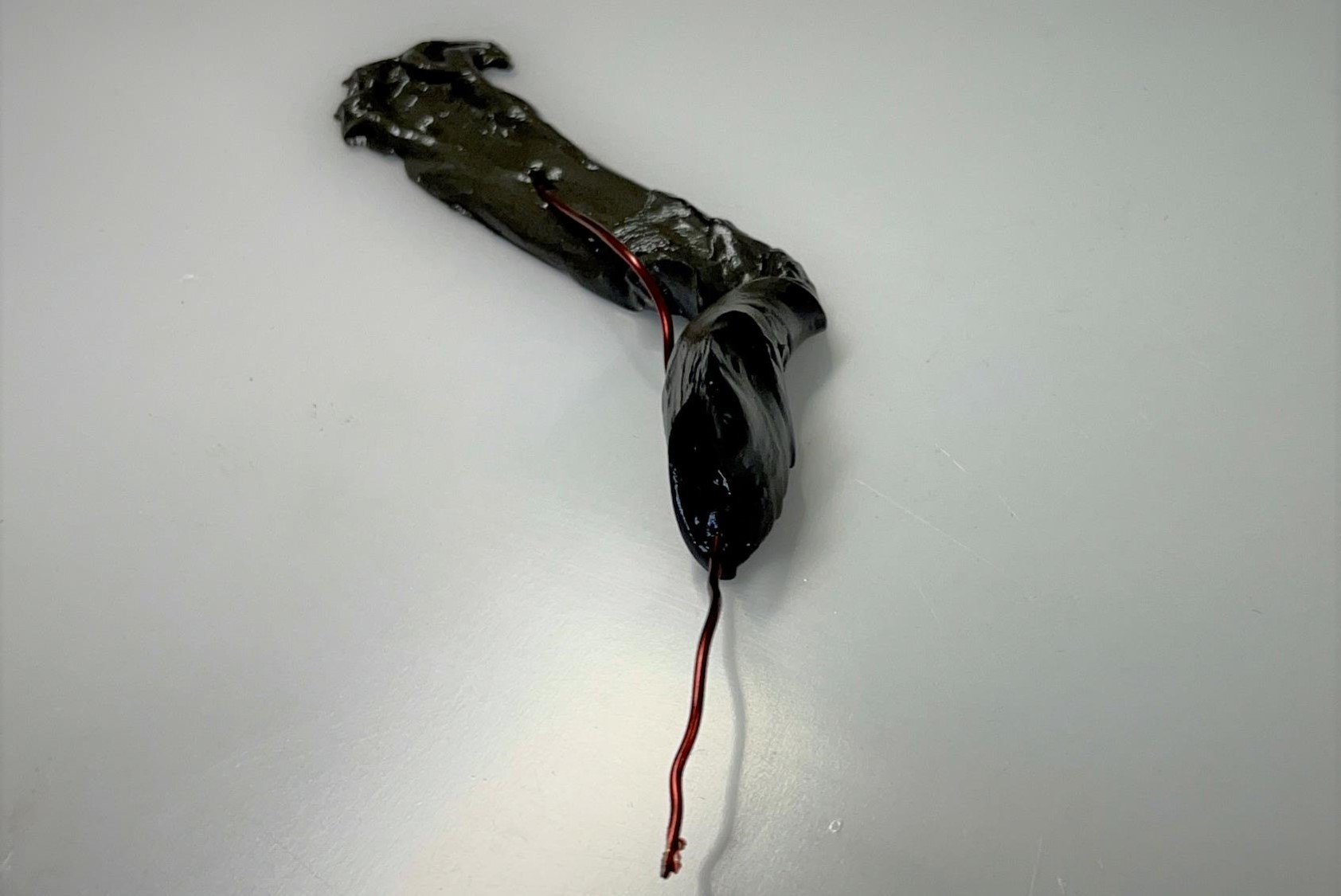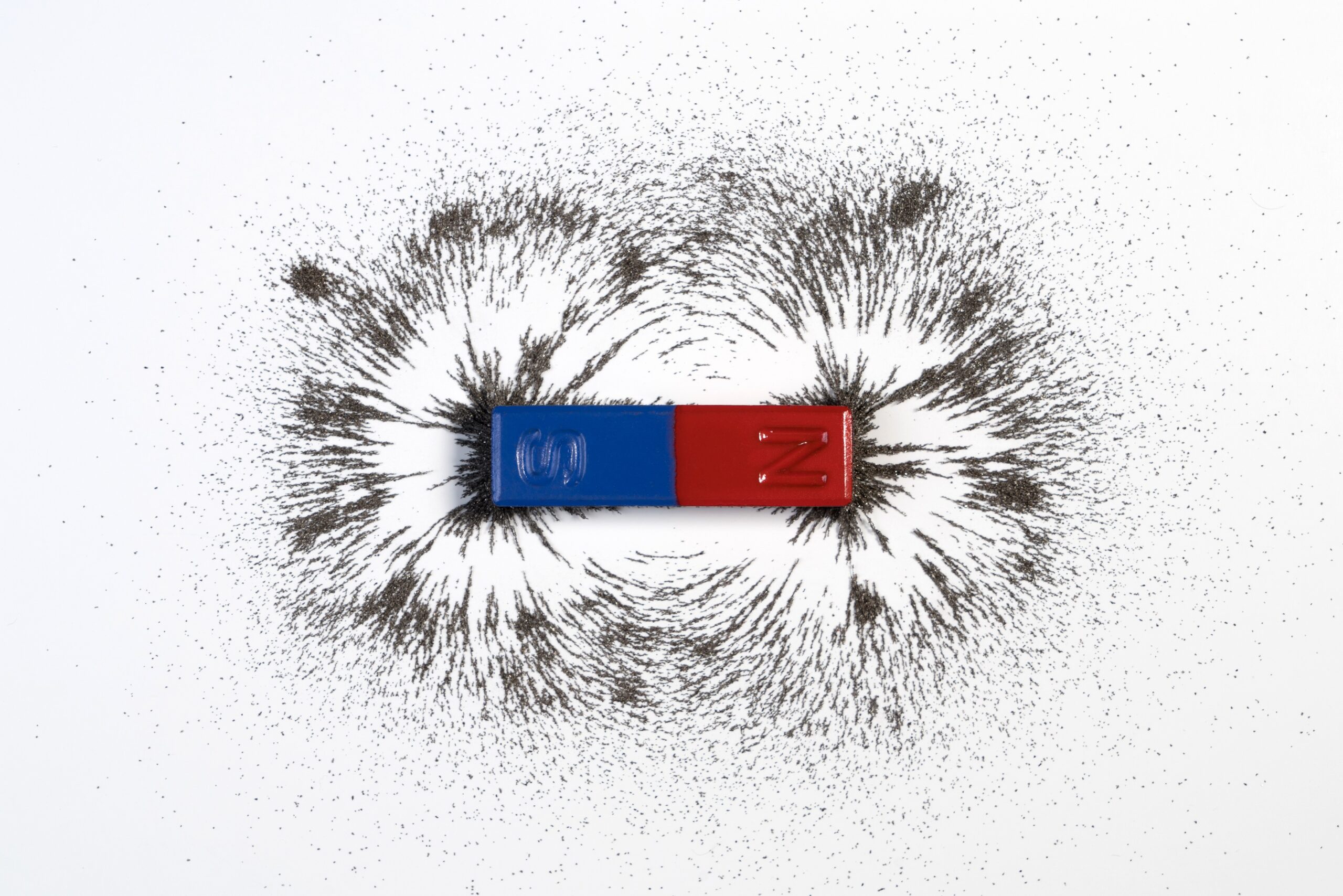Though it was announced on 1 April, this is no April Fools’ joke. What might have been believed to only exist in sci-fi movies has been made real by a research team led by from the Faculty of Engineering, The Chinese University of Hong Kong (CUHK). It is an amazing viscous slime, the Slime Robot, or “Slimebot” as its inventors call it, which is intended for use within the body.
Slimebot is certainly a remarkable creation and when it is fully developed, it could prove to be lifesaving. For example, and great news to parents, for children who put things into their mouths like toxic batteries or sharp, pointed objects and accidentally swallow them, the slimebot is designed to come to the rescue. Slimebot has the texture of a slimy toy and stretches like an octopus. It will encircle and retrieve objects that could seriously damage the intestines. As a small dark blob with the consistency of thick custard, it can squeeze its way through the narrowest passages in a model of the human digestive system. The slime is moved by external magnets which act on and control magnetic particles within the slime and manipulate it to travel, rotate, or form “O” and “C” shapes within the body.
A better alternative to endoscopic surgery for fast-reaching tiny-and-tortuous lumen

The robot’s greatest potential is in its ability to enclose and grasp objects. Professor Li ZHANG’s team at the Department of Mechanical and Automation Engineering tested the robot’s capabilities in a range of situations, which have included sliding through the smallest of gaps, finding, enclosing and removing a small battery in the model stomach and holding onto and moving a piece of wire. Compared to conventional endoscopy intervention which can only grab a bigger single object at once, slimebot can go where endoscopes can hardly reach and retrieve much smaller objects the size of bread crumbs. The pain and risks endured by the patients can be greatly reduced by not needing to apply endoscopy or undergo open surgery.
Professor Zhang describes the robot’s motion as like grabbing a cup. “You can treat the slimebot as a hand. You have to apply force to make it grip whatever you want, just like a squid. It works best like a carrier to transport stuff.”
Slimebot is composed mainly of hydrogel and NdFeB magnetic particles in a ratio of 8:2. The hydrogel is less toxic and can be excreted from the body naturally. Tests have proved that the robot, coated with a layer of silica to deter toxicity, causes no harm to body cells for up to a period of 48 hours. The patient can swallow it very much like swallowing a capsule and it can be naturally excreted.
The creation is remarkably adaptable. You can adjust the size of it depending on where you want it to go in the body. It even repairs itself. “If you cut it and slice it with scissors, you can use its magneticity to recover into original state which makes it highly adaptable in the complex in vivo environment,” says Professor Zhang. Another advantage is that you can tune its magnetic force by adjusting the composition of the slime. The higher the magnetic composition, the more powerful is its grasp. And slimebot is inexpensive. A few tens of US dollars get you a whole litre jar of it.
The main hope of Professor Zhang and his team is that his novel creation will one day be set to do a variety of useful work in the digestive system, although it can have potential applications outside the body. It could repair magnetic circuits under some difficult conditions like nuclear power plants and keep human beings at a safe distance. Professor Zhang explains, “In some dangerous locations such as radioactive or otherwise hazardous sites, engineers may be exposed to huge threats. The slimebot can help to do quick connections and disconnections like welding.”

Dr. Mengmeng SUN, the first author of the research paper has proved that science and fiction can merge. He says he got his inspiration for slimebot from the Venom character in the Spiderman movie. For the less fictional future, with the laboratory’s 10 years of experience on magnetic actuation technology, the team hope to deploy the slimebot in a robotic arm that can magnetically control it from outside the body. Precision with real time monitoring and safety are of the utmost importance if the robot is to be deployed in human body. Now, the team is working on pre-clinical trials. “We are working closely with surgeon, Professor Philip Wai Yan CHIU, from CU Medicine and hopefully we can conduct animal testing in a year at the Multi-scale Medical Robotics Center (MRC) at Hong Kong Science & Technology Park, and on humans in five years,” explains Professor Zhang.











